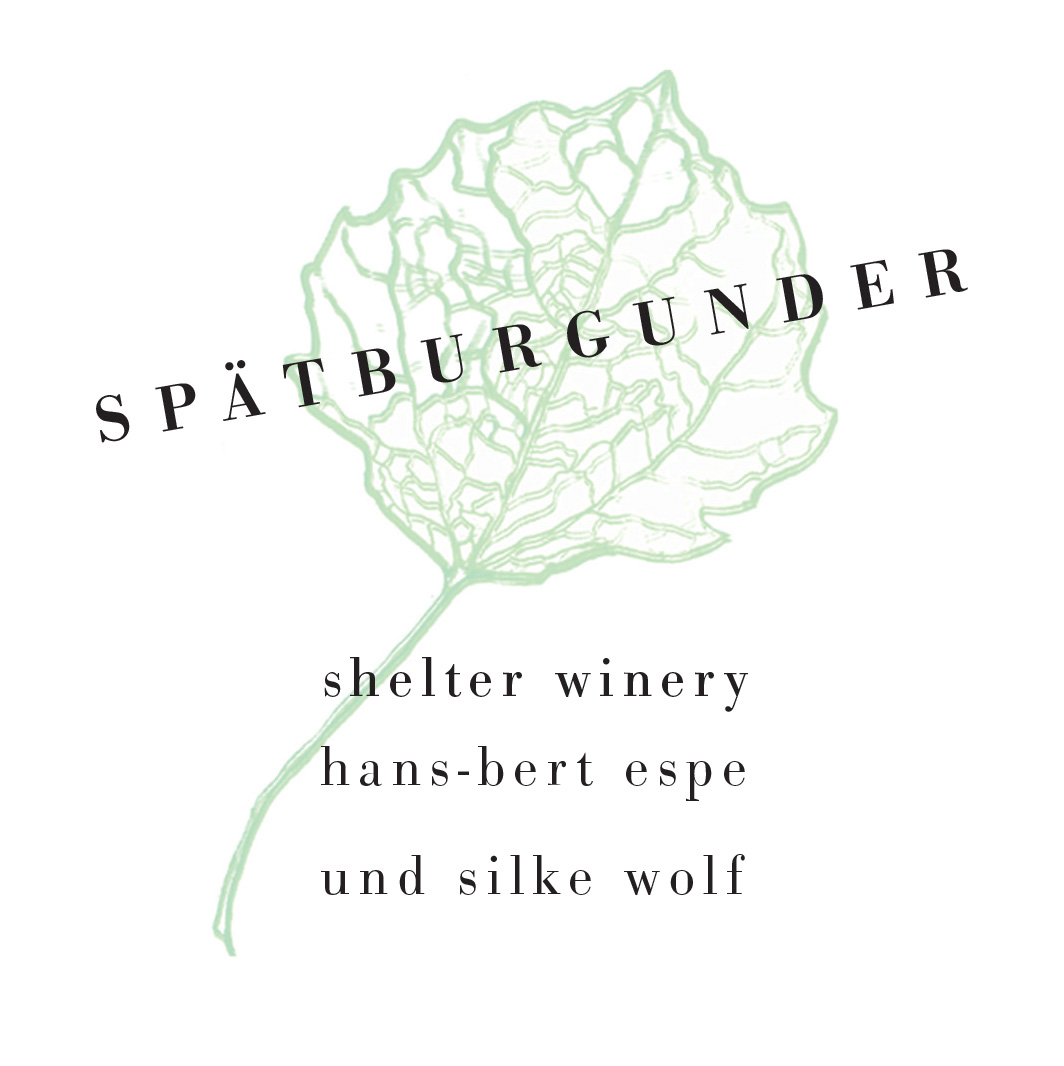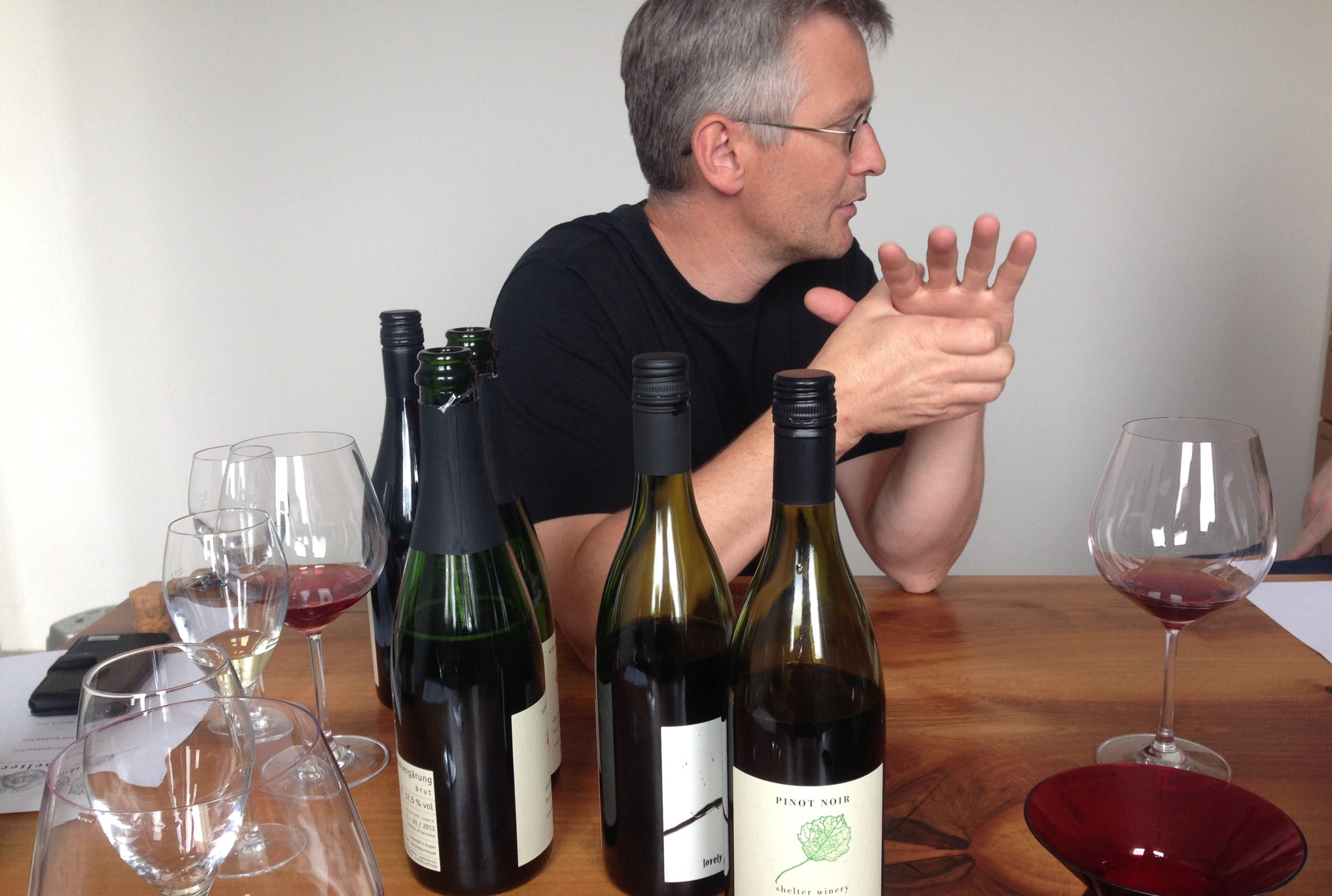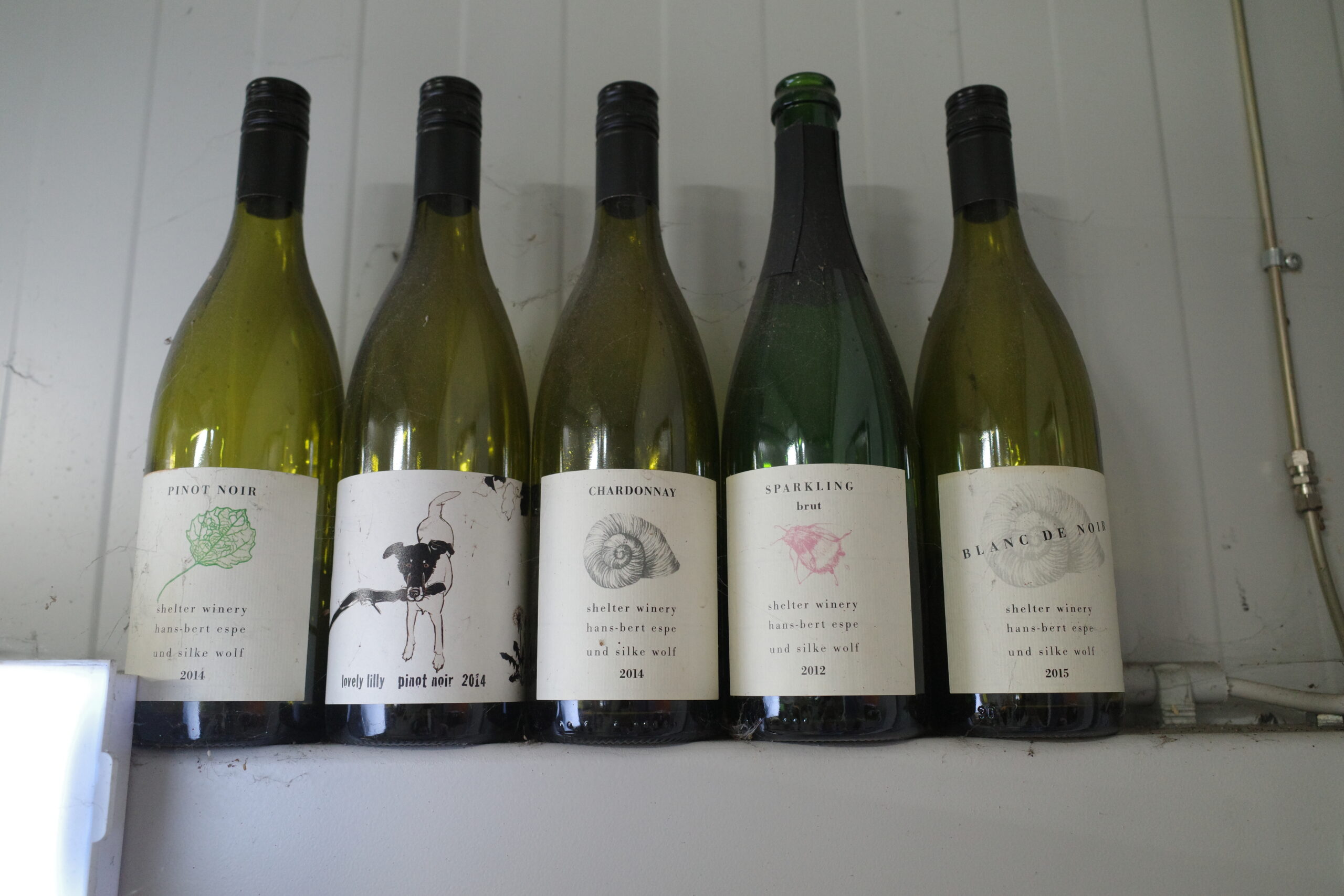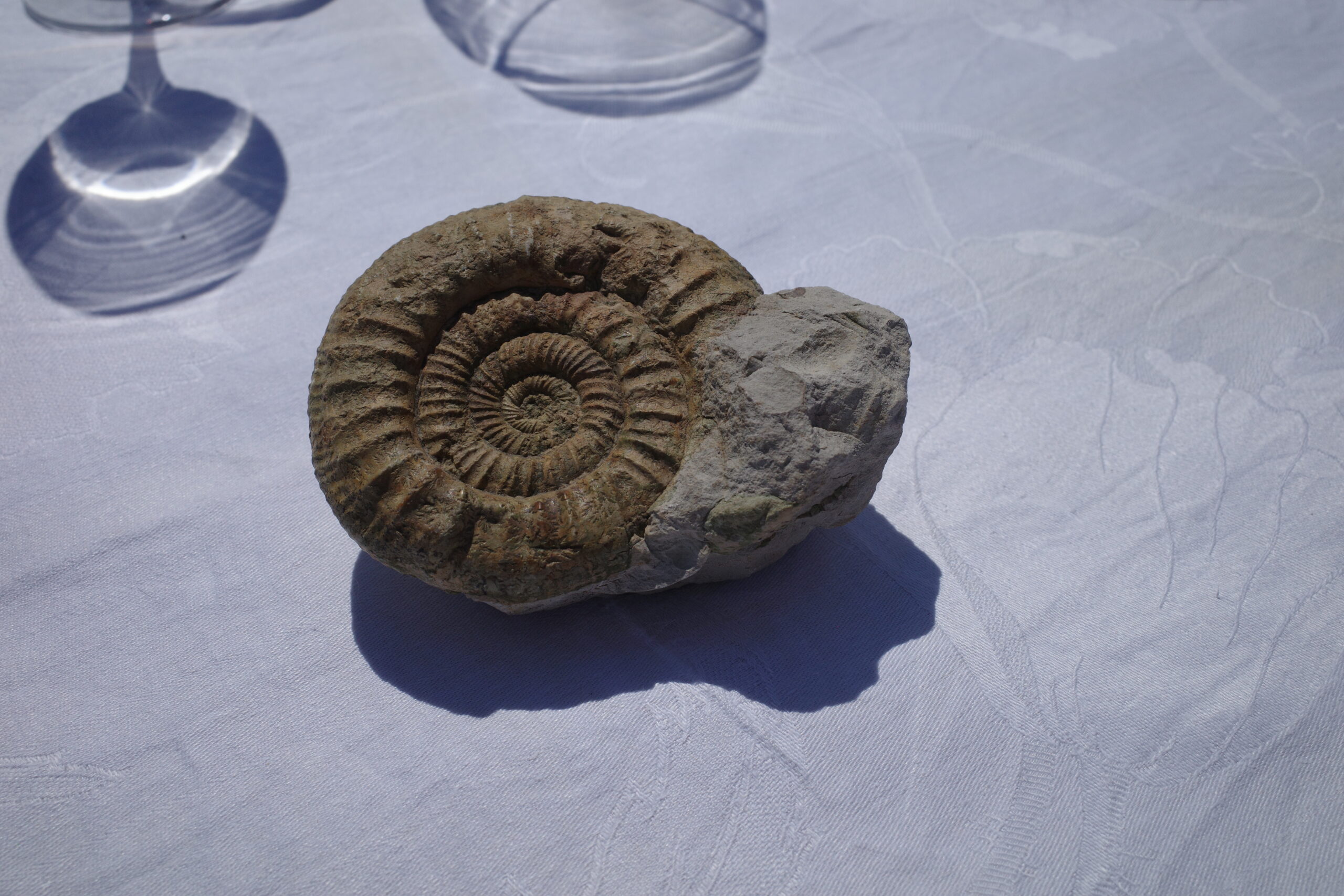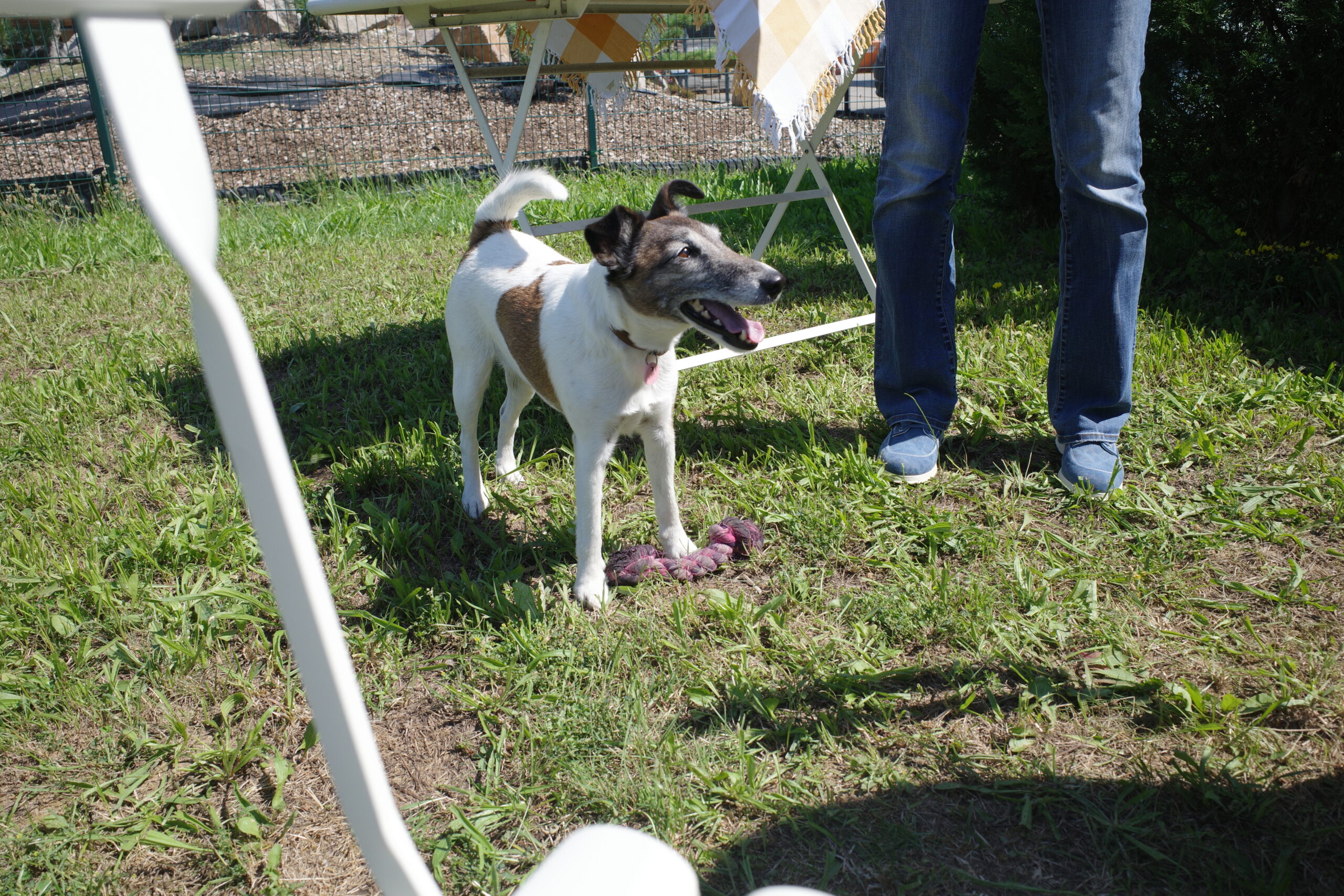Hans-Bert Espe and Silke Wolf have two of the coolest names in German winemaking.
We recognize this fact is completely irrelevant to their practices in the vineyard, in the cellar, and to the outstanding quality of the wines as a whole… probably to everything. Still, it felt wrong not to point out this simple fact.
This ridiculous introduction, however, does provide the perfect logic for our next question: what, then, is relevant?
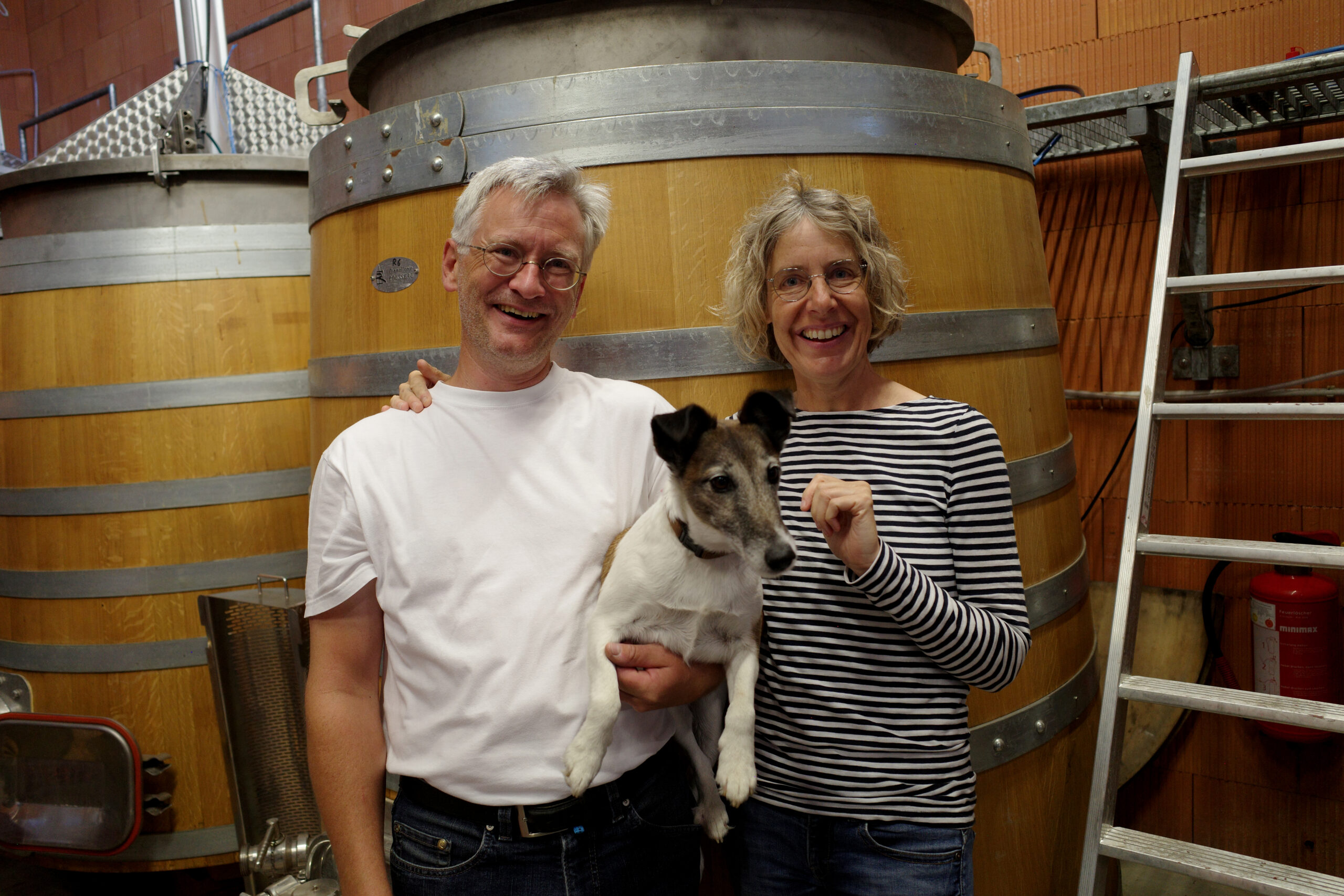 What’s most relevant is that the husband-and-wife team of Hans-Bert and Silke Wolf (pictured above) are making inspired, delicate and polished Pinot Noirs in a region dominated by heavy, cumbersome, oak-and-alcohol-laden Pinot Noirs that taste, well, often not so much like Pinot Noir.
What’s most relevant is that the husband-and-wife team of Hans-Bert and Silke Wolf (pictured above) are making inspired, delicate and polished Pinot Noirs in a region dominated by heavy, cumbersome, oak-and-alcohol-laden Pinot Noirs that taste, well, often not so much like Pinot Noir.
What’s most relevant is the scale, the human scale, of this operation. In a region overrun by mega-sized, agriculture/industrial cooperatives, Hans-Bert and Silke farm their own few hectares of vines with great care, making only a little bit of wine, with great care.
The story here is really not that much different than the story at Enderle & Moll. At Shelter, as with Enderle & Moll, we have two people with a vision that puts thoughtfulness in the vineyard and clarity in the wine above yields in the vineyard and alcohol in the wine. The results are unlike all the others.
But ignoring the cooperatives for a moment, if you’ve heard anything about “quality” German Pinot Noir and Baden as a whole, you’ve likely heard someone say “Kaiserstuhl.” This region in Baden – a collection of volcanic hills toward the south – is where the “famous” German Pinots have come from, at least in the last few decades. It’s a hot place, and twenty years ago this factor was probably important for ripening. Not so much anymore, let’s just say that. Although the region is trying to redefine itself, for many the “Kaiserstuhl” has become synonymous with over-oaked, unbalanced and high-alcohol Pinot Noir – as if success for German red wine would be achieving the international plushness of Merlot grown in Portugal.
The vineyards of Hans-Bert and Silke (as well as Sven Enderle and Florian Moll) are north of the Kaiserstuhl. To be fair, they’re only about a half-hour north. But a lot changes in those thirty-or-so minutes. First, you have a much cooler microclimate, with the Black Forest cooling down the area. Second, the volcanic soils of the Kaiserstuhl give way to limestone and loess. You can likely see where this is going: Pinot Noirs with lower alcohols and higher acidities.
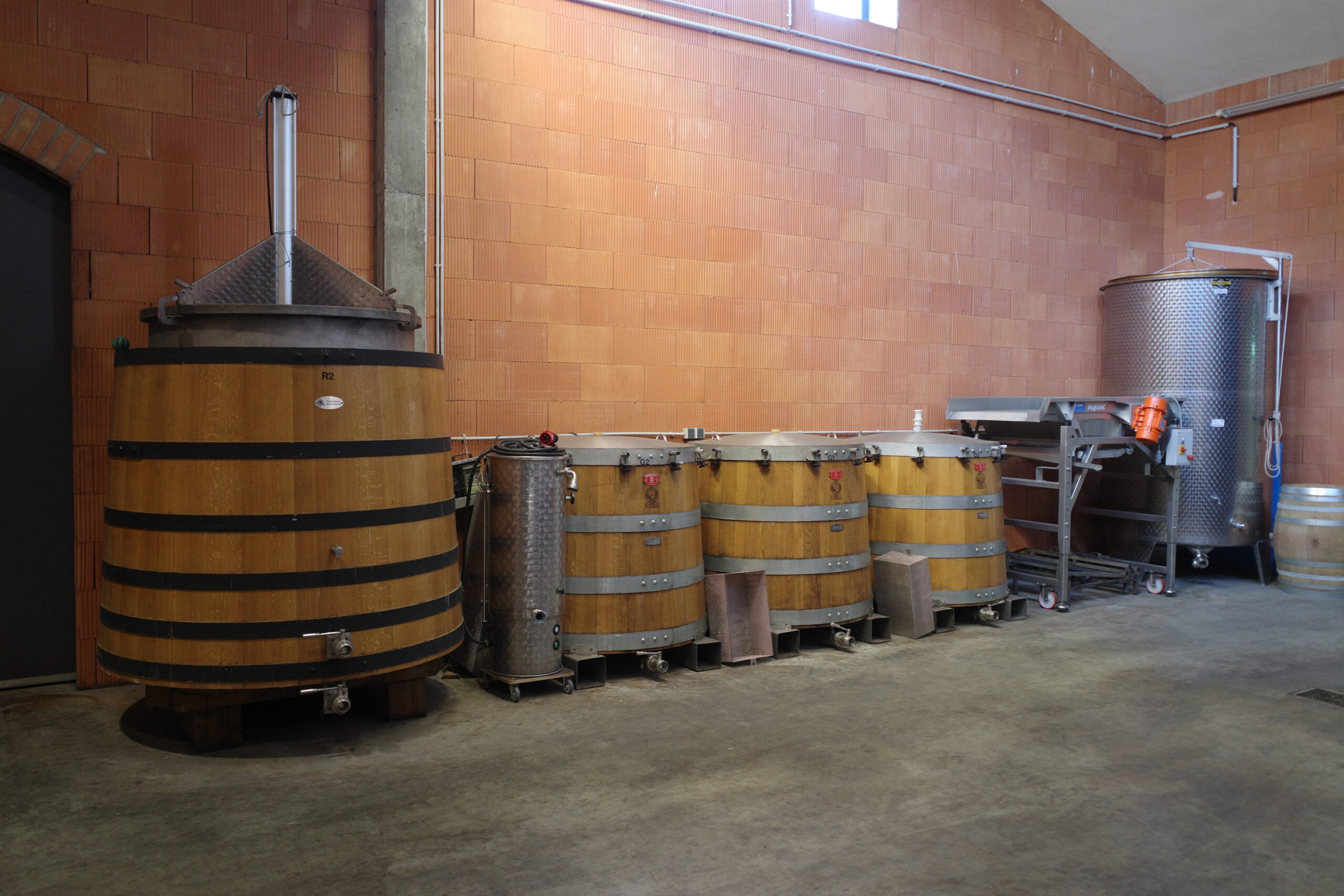 Originally, the name of the winery, Shelter, came from the old Canadian hanger that they rented at the beginning of their journey. For a few years now they’ve been in a smart new winery that they designed and built and which combines what I think are the key philosophies of the estate: style and simplicity. The barrel room and cellar, while not dug into the ground, has the ground piled on top of it; a beautiful garden of wild flowers insulates the estate. Solar panels to the right power it (see top right picture).
Originally, the name of the winery, Shelter, came from the old Canadian hanger that they rented at the beginning of their journey. For a few years now they’ve been in a smart new winery that they designed and built and which combines what I think are the key philosophies of the estate: style and simplicity. The barrel room and cellar, while not dug into the ground, has the ground piled on top of it; a beautiful garden of wild flowers insulates the estate. Solar panels to the right power it (see top right picture).
The vineyard and cellar work is just as straightforward. No herbicides or pesticides are used in the vineyards; harvest is done completely by hand. In the cellar, a short cold soak is followed by a delicate press (normally the stems are removed, though this can differ from vintage to vintage) and fermentation in open-top vessels (see above). Once fermentation is complete, the juice is transferred into barrel, with the few new barrels being outnumbered by those with up to five years of age.
As an importer, I hate quoting winery websites as it feels a bit lazy. Still, one line from Hans-Bert and Silke seems apt: “We renounce pumps and filters. Our ‘pump’ is the hard work and patience is our ‘filter.'”
The hierarchy at Shelter is pretty straightforward. There is the KILLER value Pinot Noir, “Lovely Lilly,” named after their (previous) vineyard and cellar dog Lilly. Lilly sadly passed in 2014, though the energy remains at the winery with a new young pup who has taken over all jumping, chasing, panting, running and bouncing-around duties. The “Spätburgunder” is the middle-tier, maybe Premier Cru-quality wine. Finally, the straightforwardly named “Pinot Noir” represents the top quality. While everything in the vineyard is the same for all the Pinots, the Spätburgunder sees more of the older barrels for its élevage, thus it tends to be a bit lighter and higher-toned. It is a stunning wine and a profound value. The Pinot Noir is deeper and more structured. As such, it requires more time.
While the reds are the stars, and the focus, of the estate, one should be on the lookout for two Blanc de Noir rarities from Shelter: their still Blanc de Noir is chalky and bracing, doing its best interpretation of some as-yet-undiscovered appellation somewhere between Chablis and Chitry; the sparkling Blanc de Noir (méthode Champenois) is richer and more lavish, yet with plenty of sharp edges and mineral. Both are worth the hunt.
